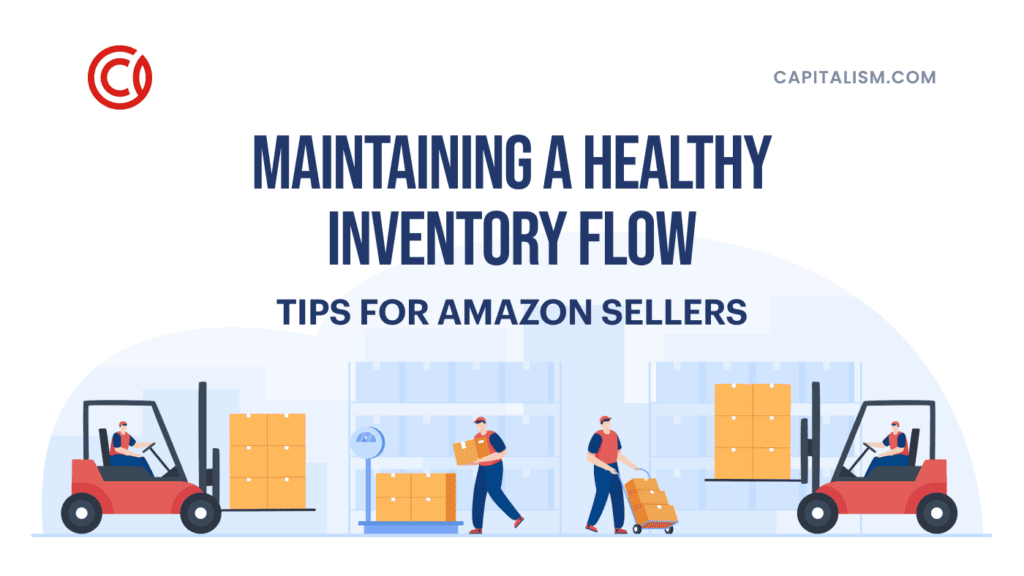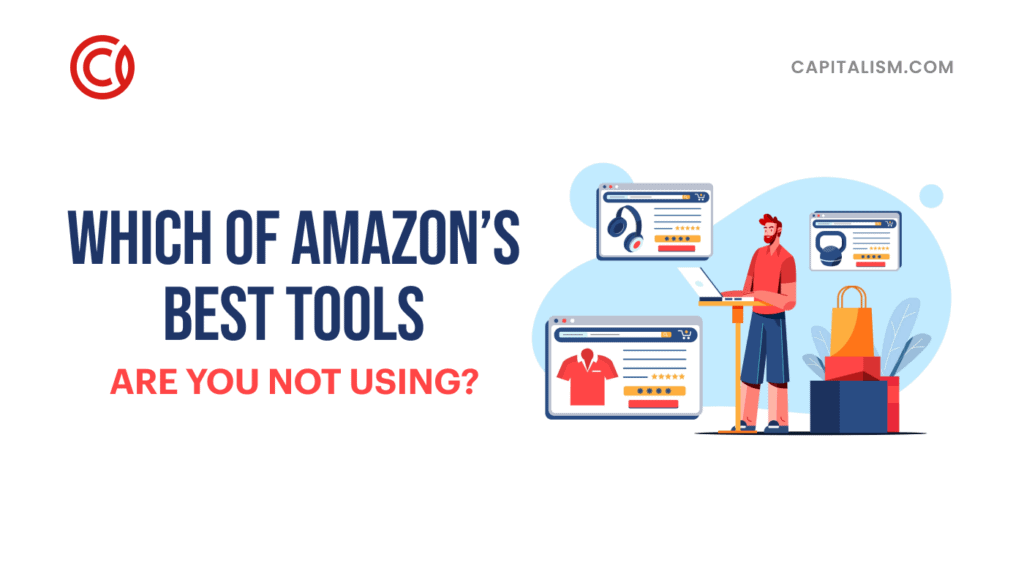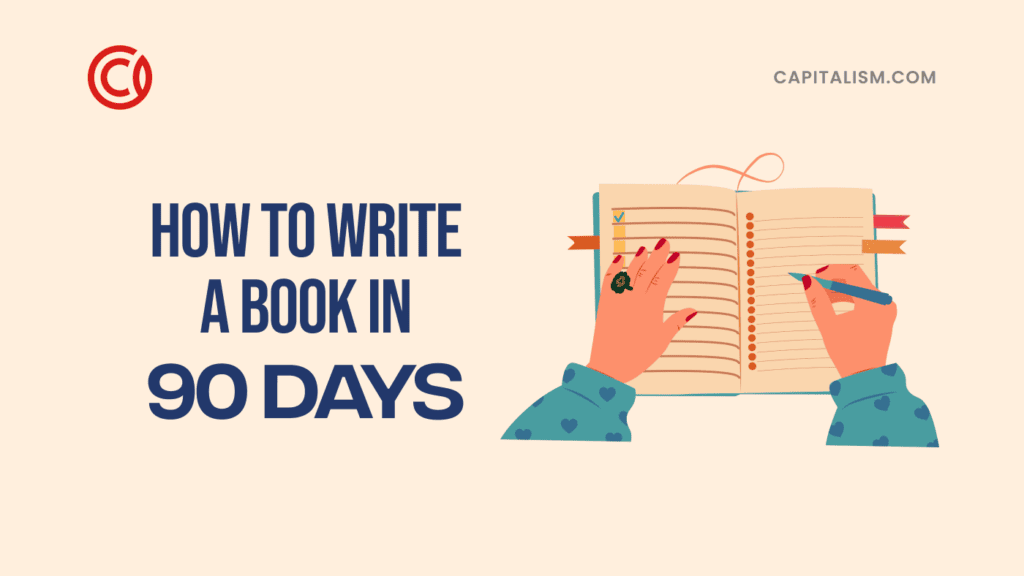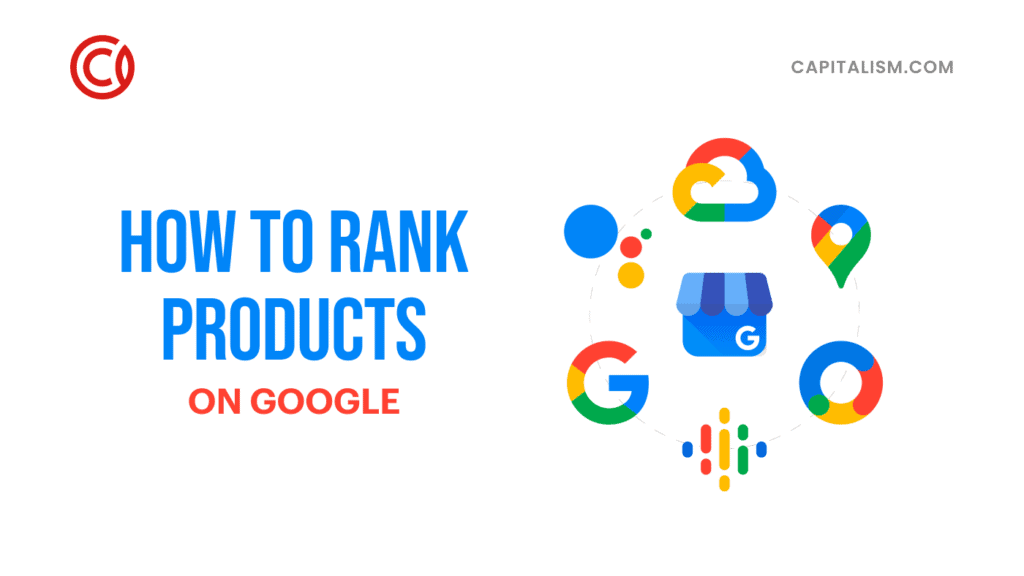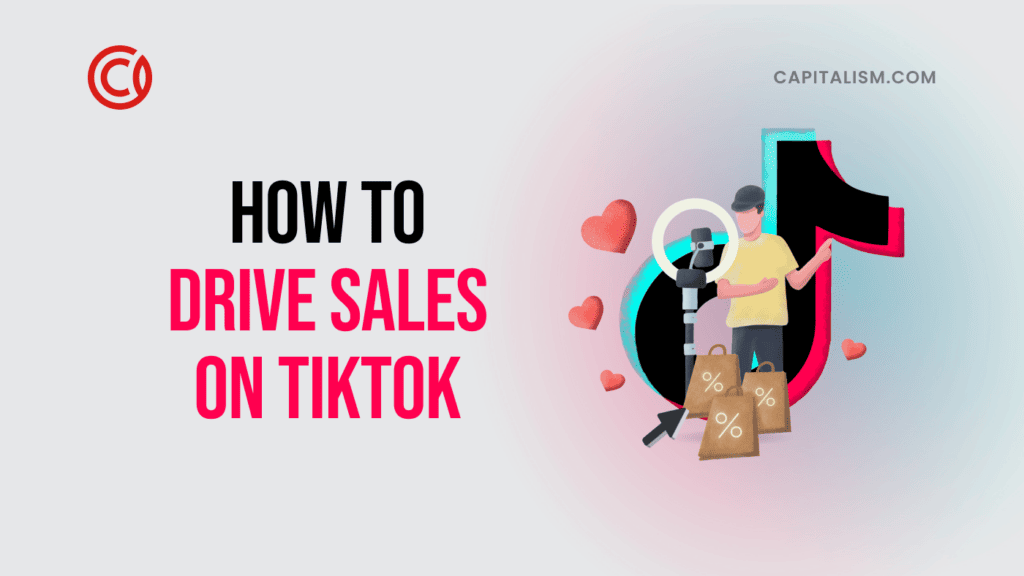Becoming a top seller on Amazon isn’t about having the most popular product. It’s more than that. It’s about being smart as a seller and understanding how this platform ranks products so that they rise to the top. But, before you pop that bottle of champagne to celebrate, there are some secrets to success you need to know.
The Mystery of Amazon SEO
Let’s get this out of the way first. The A9 algorithm controls nearly every aspect of what appears on Amazon’s top products pages. Because it is actually a search engine based on buyer intent, Amazon has developed A9 to do one job -- to answer each customer’s query with the most relevant products that are likely to be purchased. At the same time, however, the A9 algorithm is not the same thing as Google’s algorithm, which uses a wide query range, largely influenced by paid advertisement. The only thing Amazon is in the business of doing is tracking what products sell the best and making sure consumers buy more of these products by getting them in front of more eyeballs.
Now that we have that cleared up, there is a good chance that you’ve been approaching your product marketing on Amazon incorrectly. It’s not a simple system to learn, and there is a lot of bad advice out there, so don’t be too hard on yourself. You are here to learn the secrets of making more sales on Amazon -- fortunately you are in the right place to do just that.
Let’s talk about your products on Amazon. Your goal as a seller is to optimize your product listings, and it starts with some basic SEO factors. If you want to stand out amongst the millions of Amazon users who sell on the platform (that is consequently searched by consumers more than Google).
Before you start writing, understand that Amazon will not show products if they are missing the recommended top-selling keywords. Use a third-party Amazon keyword search tool to obtain a list of keywords that the A9 search engine recognizes. Make sure several of these keywords appear in the title, the features, and in the description of the product.
Titles
According to Hubspot, the best product listings include clear and concise titles and benefits-rich descriptions. Make the most of your 250 character (50 word) limit for the title. Include valuable information in the title too, such as the benefits to the consumer. For example, if you are selling cotton shopping bags, in the title you may add the size of the bags, that they are earth-friendly and biodegradable, fold up to a convenient purse size, and economical.
Product Features
Your product features section gives you space for 1,000 characters (250 words). This is a bulleted section that highlights the top features of the product. Start the list with the most important features, which will increase the chance of being read by consumers. Think Like your consumer and what they want or need as you write the features. How can it solve their problems? Add your guarantee/warranty terms and try to field any objections here too.
Product descriptions
In terms of descriptions, make the best use of the key product features section, which allows for 2,000 characters, about 300 words. Start out by sharing the benefits of your product, and feel free to use a storytelling method -- like you would talk to a friend. The goal is to help shoppers see themselves in your description and why your product is best for them. Make it compelling. Stick with brief and concise sentences. Emphasize the quality and value of your product.
Images
When it comes to images used in your product listings, the more relevant the image, the better. Amazon allows sellers up to nine images, including the product lead image. Make the first one count with a high resolution image (at least 1000px wide by 500px tall). The lead image is required to have a plain white background, without any infographics or watermarks on it. Other images should include product packaging, lifestyle uses of the product, and images of the product taken at different angles with a way to show size and scale.
Reviews
In the Amazon world, reviews impact search rankings by offering social proof and helping potential customers to trust you as a seller. According to ARON HSIAO, expert on The Balance Small Business, “Only about one out of every 30 buyers leave feedback on Amazon”. This takes work. Five-star positive reviews are golden, but even four and three stars can be helpful because it provides you with feedback on what to improve (plus it looks more realistic to potential buyers). Amazon no longer allows incentivized reviews, so the best way to get reviews is to follow up with customers asking them to please leave you an honest review. It’s automated by email, but play by the rules (no overt marketing or offering something in exchange for a review). Customer care is a huge part of your success and can result in more reviews.
Advertisements
To optimize your Amazon listings, it is possible to invest in a PPC advertising campaign inside of the platform. Just be sure to test out a few products each month to see what gets the best results. Play with titles and descriptions. A small investment can result in big sales increases, when done right. Match up your keywords and use the same tone in your advertisements. Be sure to add a powerful product image too. This can increase the likelihood that a shopper will click through to your product page to learn more.
Analytics
Where would SEO be without analytics? Amazon does not have seller analytical tools available (in terms of traffic) but there are other methods you can use. Your PPC ads can reveal where shoppers are coming from and where they end up. There are other free and low cost analytical tools that analyze Amazon performance. Of course, sales reports can show what the most popular products are, and what needs further testing.


